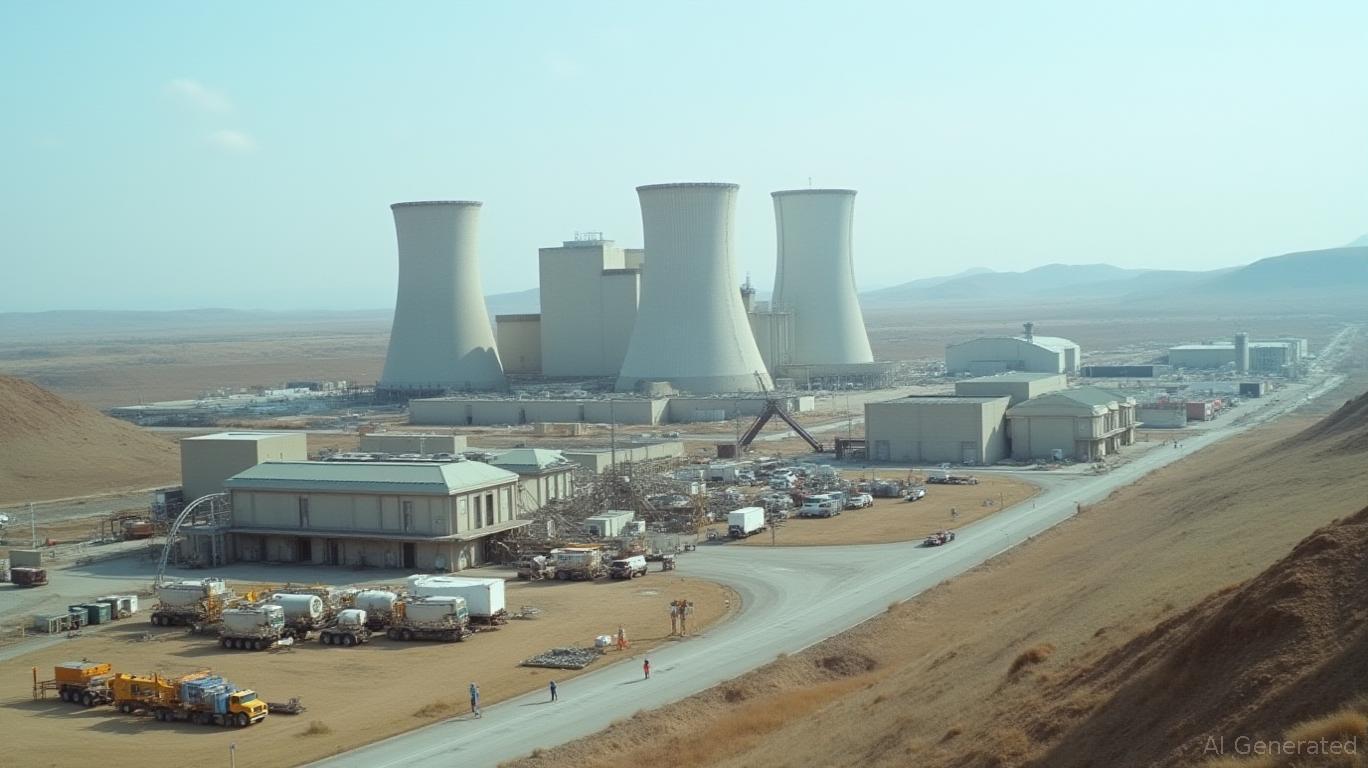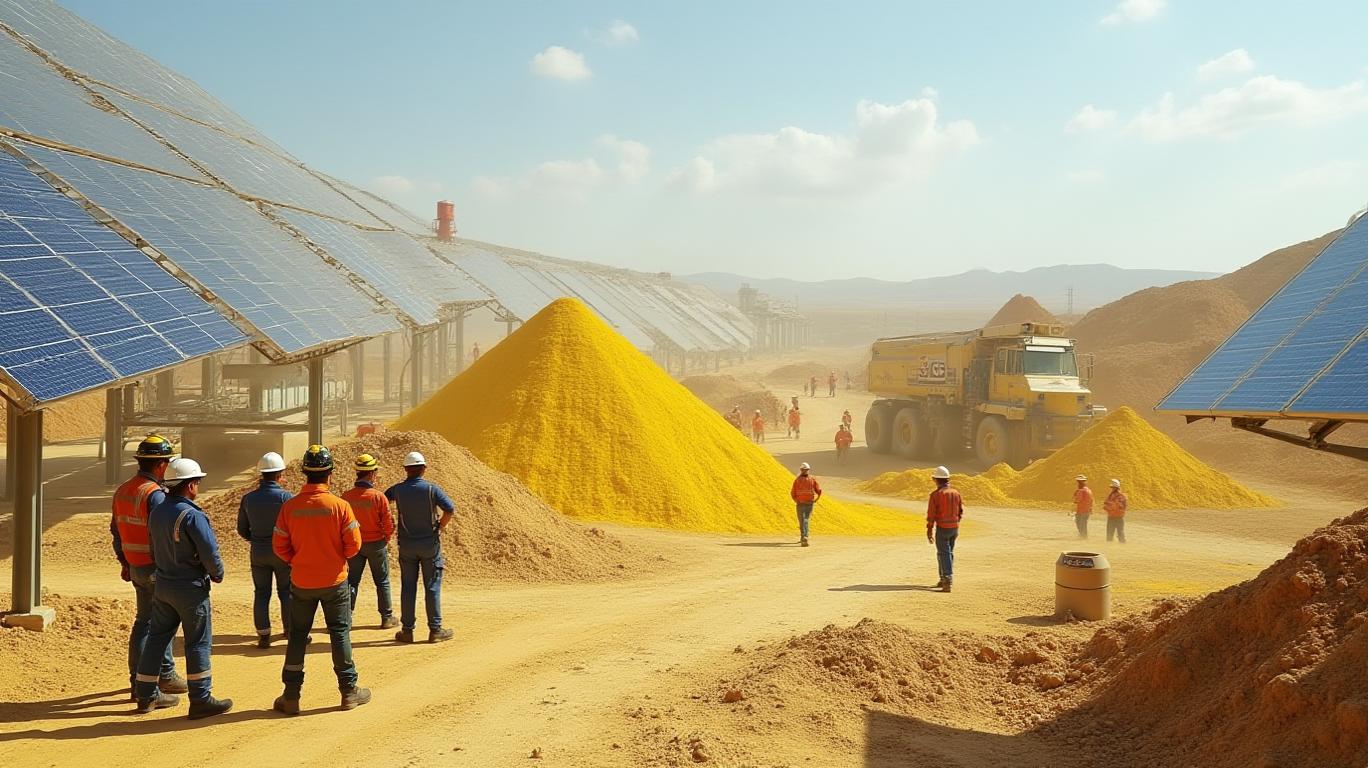Denison Mines (DNN): A Uranium Play Riding the Nuclear Renaissance Wave
The uranium sector is undergoing a quiet transformation. As governments worldwide pivot toward decarbonization and nuclear energy gains traction as a clean power source, companies like Denison Mines Corp (DNN) are emerging as key beneficiaries. Analysts in 2025 are split between cautious optimism and speculative exuberance, but one thing is clear: Denison’s strategic assets and project pipeline place it at the forefront of this revival. Let’s dissect why DNN is generating buzz—and why investors should proceed with eyes wide open.
Analyst Sentiment: A Mixed but Bullish Picture
Denison’s stock has caught the attention of analysts, though their assessments reflect a sector in flux. As of April 2025:
- Desjardins initiated a "Buy" rating with a price target of C$4, citing Denison’s leverage to rising uranium prices.
- Scotiabank and National Bank maintained "Outperform" ratings but trimmed their targets to C$3.75, acknowledging near-term volatility.
- The consensus 12-month price target sits at a 34.91% premium to current levels, with estimates ranging from $1.90 to $4.40.
The split reflects a market balancing long-term potential against near-term risks. A 2 "Buy", 1 "Hold", and 0 "Sell" rating structure underscores the cautious optimism.

Why Uranium—and Why Denison?
1. The Uranium Market is Heating Up
Global uranium demand is on the rise. With ~90 new nuclear reactors planned or under construction, and supply chains strained by production declines in key regions like Namibia, the sector is primed for a price rebound. Analysts estimate a 50% deficit between supply and demand by 2030, creating a tailwind for uranium miners.
2. Wheeler River: The Catalyst
Denison’s Wheeler River Uranium Project in Canada’s Athabasca Basin—a region responsible for ~22% of global uranium production—is its crown jewel. High-grade deposits and proximity to infrastructure give Wheeler River a $3.3 billion feasibility study value, positioning it as a future cornerstone of the company’s revenue.
3. Financial Fortitude
Despite a $1.9M revenue drop in 2023 (a 79% decline from 2022), Denison’s balance sheet is a bright spot:
- $108.5 million in cash reserves with zero debt, providing flexibility for exploration and acquisitions.
- A current ratio of 3.7, signaling strong liquidity to weather market swings.
Risks and Red Flags
The path to uranium glory isn’t without potholes:
- Price Volatility: Uranium prices are hostage to geopolitical events (e.g., Russia’s grip on the market) and supply chain bottlenecks.
- Execution Risks: Wheeler River’s timeline hinges on regulatory approvals and cost controls. Delays could pressure the stock.
- Speculative Valuation: DNN’s $743 million enterprise value versus just $4 million in annual revenue reflects a bet on future projects—making it a high-risk play for conservative investors.
The Bottom Line: A High-Reward, High-Risk Bet
Denison Mines is a pure-play uranium story with a clear thesis: ride the nuclear renaissance to higher uranium prices and project development. Analysts’ average price target implies a 35% upside, but the stock’s current valuation assumes flawless execution of Wheeler River and a sustained uranium price rally.
Investors should ask themselves: Can Denison deliver on its project milestones in a volatile market? The answer hinges on factors beyond its control, from regulatory approvals to global energy policies.
For those willing to accept the risks, DNN offers a leveraged position in a sector primed for growth. For others, a wait-and-see approach—monitoring uranium price trends and Wheeler River’s progress—might be prudent.
In the end, Denison Mines is a testament to the adage that "the best risk is the one you’re paid for." At current prices, the market is pricing in a lot of optimism. The question is whether reality will match the hype.
Final Note: As always, consult with a financial advisor before making investment decisions. The uranium sector’s volatility demands careful risk management.










